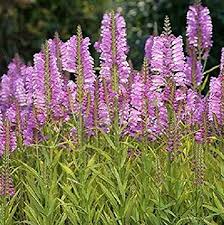There are the usual perennials we plant in South Dakota, knowing the cold winters will not harm them. The standards, hollyhocks, hosta, peonies, etc. There are the unusual perennials than the standbys, try planting different kinds of perennials with their own allure.
Monkshood (Wolf bane)
Spikes of large purple-blue hooded flowers are held above, shiny, green, dissected foliage. NOTE: All parts of the plant are poisonous, especially the roots. Deer AND rabbit resistant. Long blooming. Prefers partial shade to shade. Plant in fertile, cool, well-drained, moist soil.
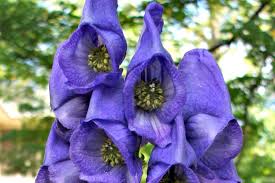
Allium
2″ globes of purply-pink blooms flower in early summer over clumps of deep green, flattened grass-like leaves. Grows (depending on variety) 2-3 foot tall. Grown from bulbs.
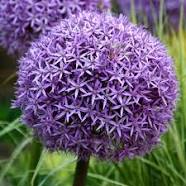
Aster
Purple, white, and pink flowers for 4-6 weeks over compact clumps of dark green foliage that is disease resistant. Best in full sun to light shade and normal moisture. Blooms in later summer to freeze. Much tougher than mums.
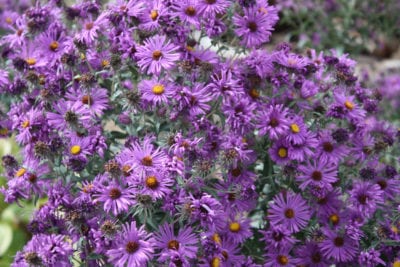
Globe Thistle
These perennials are one of the easiest plants to maintain. They tolerate drought conditions once established and have few pest or disease problems. You can cut back the basal foliage to encourage re-bloom. The catalogs say if you do not want any reseeding problems, take off the flower heads after the color fades. I have never had one seedling that grew. Globe thistle care is minimal and you will enjoy watching the bees.
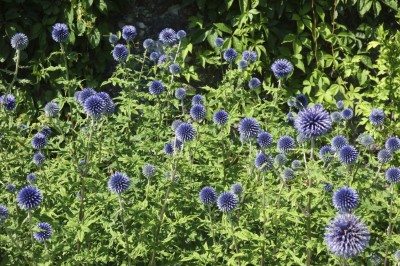
Bee Balm
The bee balm plant is a North American native, thriving in woodland areas. Also known by its botanical name of Monarda, bee balm is very attractive to bees, butterflies, and hummingbirds. The bee balm flower has an open, daisy-like shape, with tubular petals in shades of red, pink, purple and white. Bee balm plants are perennial, coming back year after year to add cheerful color to your garden. There are many varieties now coming in white, red, pink, and purple. The leaves can be steeped and made into a tea which the colonists used as a tea substitute.
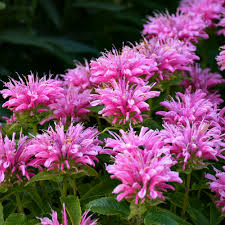
Chinese lantern
If you see a resemblance between Chinese lanterns and tomatillos or husk tomatoes, it’s because these closely related plants are all members of the nightshade family. The spring flowers are pretty enough, but the real delight of a Chinese lantern plant is the large, red-orange, inflated seed pod from which the plant gets its common name. These papery pods enclose a fruit that is edible though not very tasty. While the leaves and unripened fruit are poisonous, many people like to make use of the pods in dried flower arrangements.
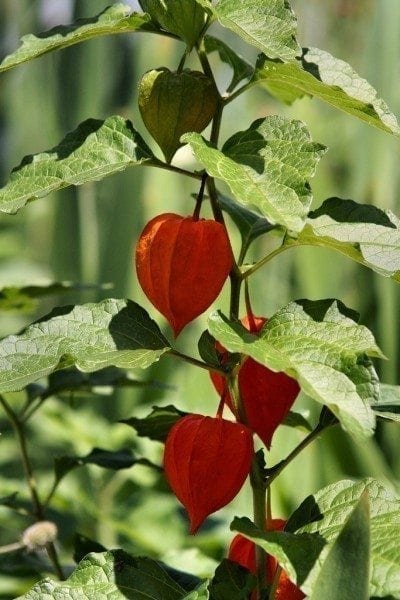
Goldenrods
Goldenrods spring up en masse in the natural summer landscape. Topped with plumes of fluffy yellow flowers, goldenrod is sometimes considered a weed. Goldenrod plants are clump-forming perennial wildflowers that exist on rainwater and add a golden beauty to the landscape. Often thought of as the cause of summer allergies, the species is falsely accused, as the pollen from allergy-creating ragweed is present at the time of goldenrod blooms. All goldenrods are late bloomers, flowering in late summer throughout fall with stunning bright yellow flowers.
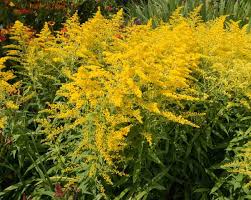
Obedient plant
Growing obedient plants in the garden add a bright, spiky flower to the late summer and fall flower bed. Physostegia virginiana, commonly called the obedient plant, produces spikes of attractive flowers, but beware of your interpretation of obedient. Growing obedient plants got the common name because stems can be bent to stay in place, not for the plant’s habit in the garden. Being a relative of the mint, give it space. Varieties come in white, pink, and purple colors.
